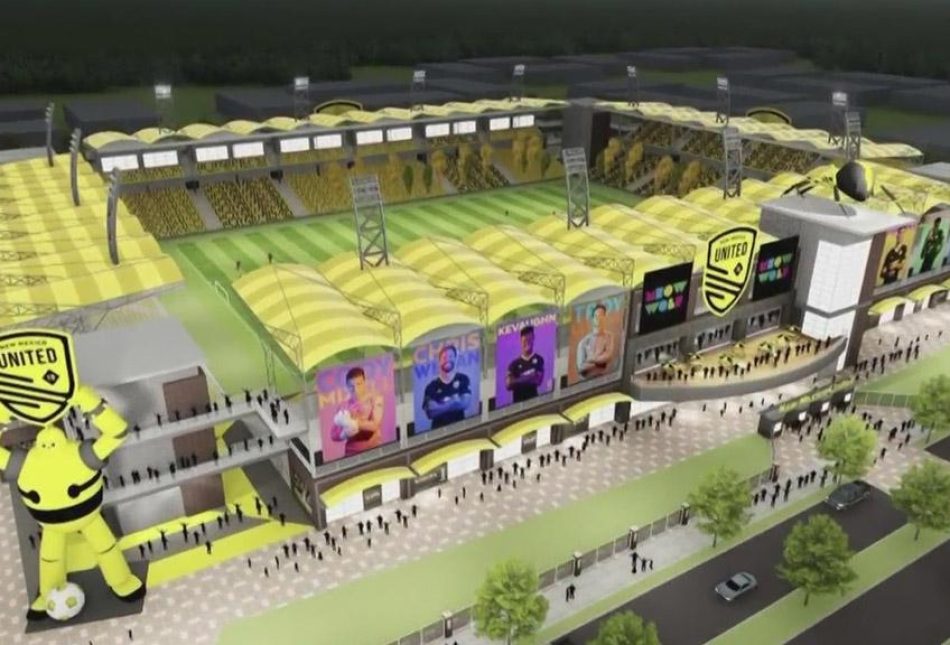Keller using shiny stadium to distract from rampant crime


This article first appeared in the Albuquerque Journal on August 10th, 2021.
Albuquerque Mayor Tim Keller has decided that, despite rampant crime and a homeless problem that has grown dramatically worse on his watch, building a new soccer stadium for New Mexico United should be a top city priority. The stadium itself, to be located somewhere in the vicinity of Downtown, will cost taxpayers in excess of $70 million. That doesn’t include land acquisition, parking or inevitable cost overruns.
If the City Council approves the deal, Albuquerque voters will vote on whether to finance the project this November. It is difficult to see how financing a new soccer stadium is anywhere near the top of the city’s agenda. Albuquerque is a city with serious problems.
Recently the Journal reported on rampant crime along East Central. Of course, crime and homelessness are rampant along Central, Downtown and in many parts of our city. It would be far easier to name the few places in Albuquerque where there is not a significant crime and homeless problem than to name all the places that have issues.
In a recent report WalletHub identifies the city of Albuquerque as having the fourth-highest increase in homicides per capita in the nation (2020 vs 2021). Combined with Albuquerque’s already high crime levels before the pandemic, public safety would top most lists for local needs.
Notably, the Albuquerque Police Department budget has not changed substantially in recent years. By no means am I suggesting more dollars always result in better outcomes, but the perceived lack of prioritization on public safety implicates Mayor Keller’s belief that crime is not as important as building a stadium. Or, perhaps, as he heads into his reelection campaign, he is trying to change the subject from crime to stadium.
And then there is the Downtown location. State and local governments have spent decades trying to revitalize Downtown Albuquerque with little success. With safety and homeless problems only getting worse and Downtown businesses still not recovered from the one-two punches of COVID-19 lockdowns and protests, this is a particularly risky time to invest taxpayer dollars in a Downtown stadium.
On the other hand, New Mexicans, not just locals, have flocked to The Pit, Isotopes Park and UNM Stadium for decades. These facilities are all located in the same area of town, have abundant parking shared among the various facilities and little in the way of crime or homeless issues. United does extremely well in attendance at Isotopes Park, allowing the team to vault to the top of attendance rankings in the USL.
It seems Keller is a believer in “Mad Men’s” Don Draper school of thought: If you don’t like what’s being said, change the conversation. He has failed in the basic government task of public safety and keeping the city clean, so now he’s distracting voters with a shiny new stadium.
In the end, economists across the political spectrum agree that taxpayer-funded stadiums are economic-losers.
To that end, the St. Louis Federal Reserve’s May 2017 report “The Economics of Subsidizing Sports Stadiums” concluded, “Rather than subsidizing sports stadiums, governments could finance other projects such as infrastructure or education that have the potential to increase productivity and promote economic growth.”
I urge the City Council and ultimately the voters to heed their advice.
Rio Grande Foundation is New Mexico’s free-market research institute and think tank. An advocate for open government, the author leads the foundation’s government transparency and accountability efforts.
